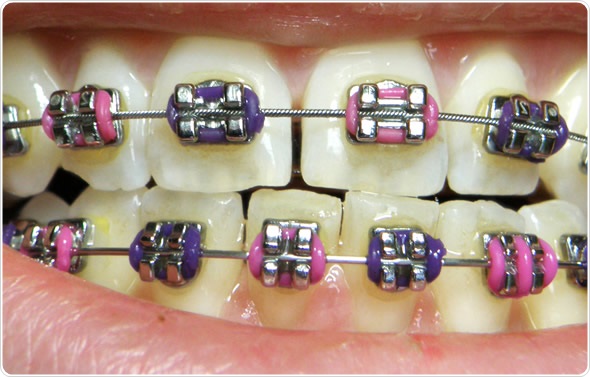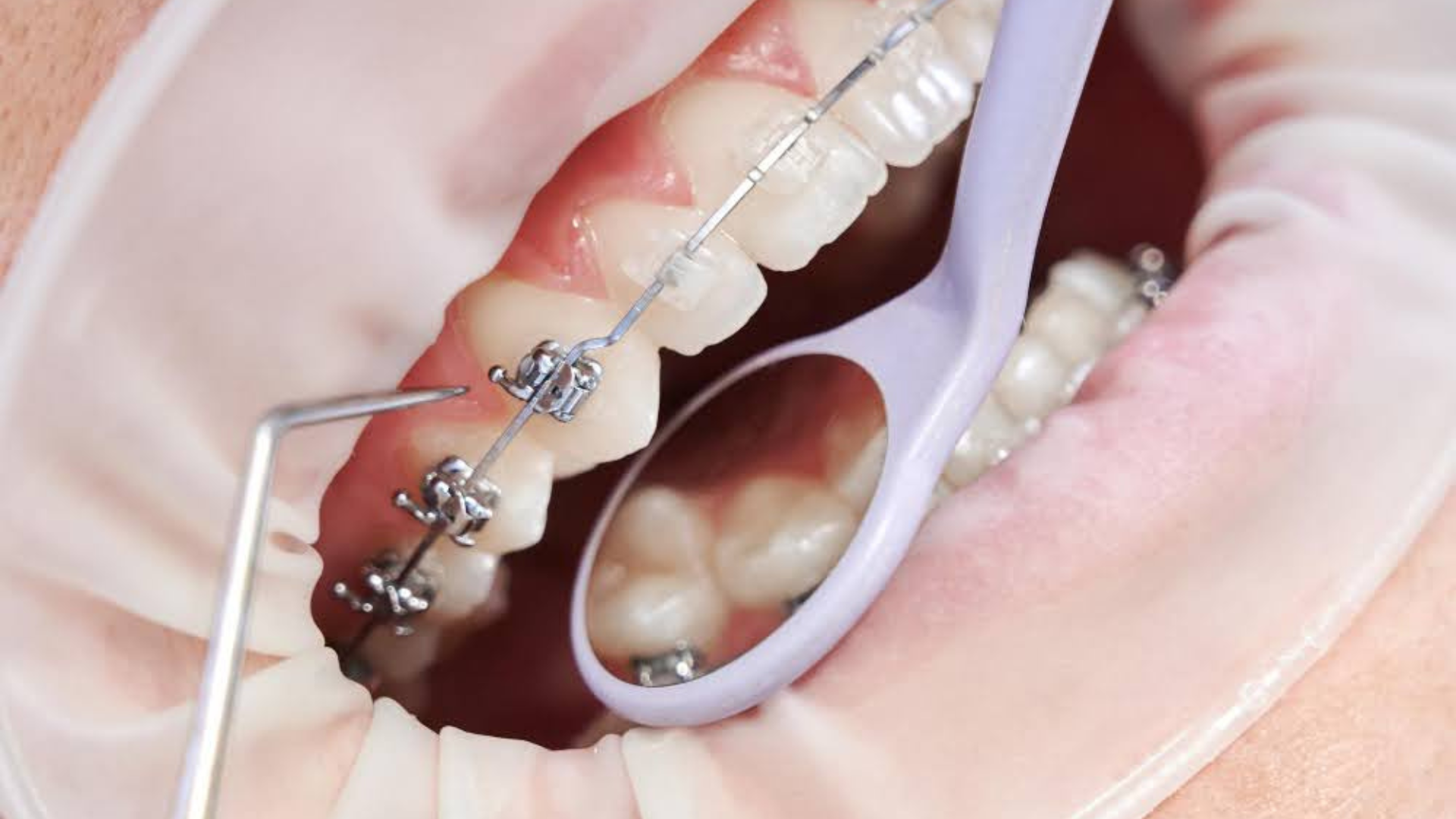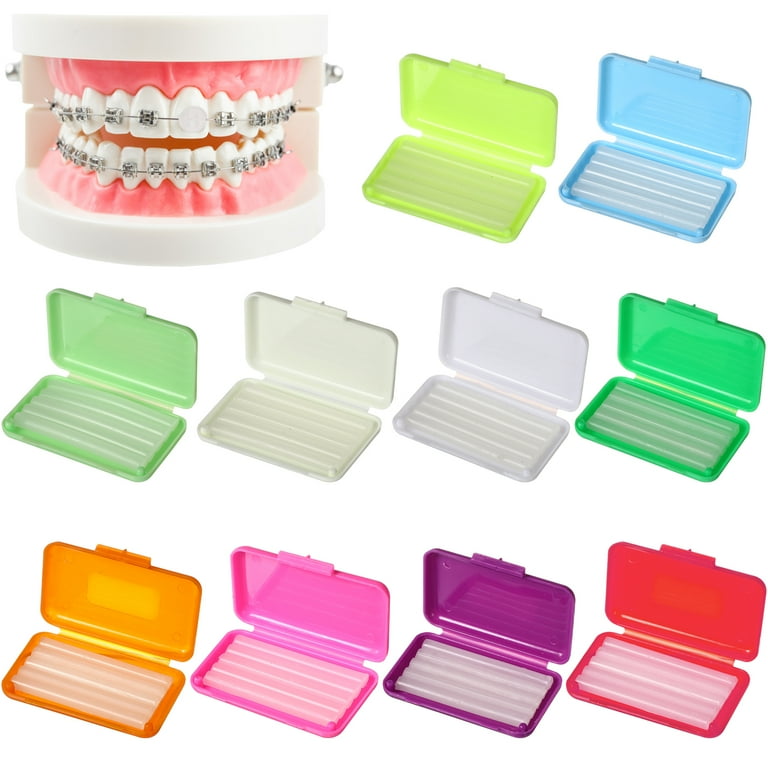Comprehensive Guide to Orthodontics Treatments for Fixing Oral Imbalances
Comprehending the ins and outs of each treatment, including their systems, benefits, and prospective disadvantages, is vital in making educated decisions regarding one's orthodontic treatment. As we browse with the detailed guide to orthodontic procedures for correcting oral imbalances, the detailed information of each technique will unfold, shedding light on the course towards a harmonious and useful dental alignment.
Orthodontic Procedures Overview

Normal adjustments and tracking are critical parts of orthodontic treatment to make sure progression is on track and to make any required adjustments along the method. By going through orthodontic treatments, individuals can not just attain a straighter grin yet additionally improve their overall dental wellness and feature.
Traditional Dental Braces: How They Work
When considering orthodontic treatments for oral misalignments, typical braces stand out as a reliable method for remedying teeth placing. Conventional dental braces are composed of braces, cables, and bands that function together to apply continual stress on the teeth, slowly moving them right into the wanted alignment.
One secret facet of how conventional dental braces work is the process of bone makeover. As stress is put on the teeth with the dental braces, the bone surrounding the teeth is reshaped to sustain the brand-new tooth positions. This makeover is crucial for the long-lasting security of the corrected alignment. People will require normal changes at the orthodontist's office to make sure the dental braces remain to use the proper stress for effective teeth activity.
Invisible Aligners: Disadvantages and pros
These clear, personalized trays are essentially undetectable when used, making them an attractive option for people seeking an extra visually pleasing orthodontic treatment. Patients can get rid of the aligners before consuming or brushing their teeth, reducing the threat of food getting stuck in the device and streamlining the cleansing process.

Surgical Orthodontic Options
Surgical interventions in orthodontics present practical choices for attending to intricate dental misalignments that may not be effectively dealt with with traditional orthodontic therapies. While conventional dental braces and unseen aligners can remedy numerous orthodontic issues, certain instances call for medical intervention to achieve optimal outcomes. Surgical orthodontic alternatives are commonly advised for extreme malocclusions, substantial jaw inconsistencies, and situations where the underlying bone structure requires alteration browse around this web-site to accomplish correct positioning.
One typical surgical orthodontic treatment is orthognathic surgical procedure, which includes repositioning the jaws to deal with useful problems such as difficulty chewing or talking. This surgery is usually executed in collaboration with an orthodontist who helps line up the teeth before and after the treatment. Surgical orthodontics may additionally include procedures to expose influenced teeth, eliminate excess gum cells, or reshape the jawbone to develop a much more harmonious face account.
Before taking into consideration surgical orthodontic alternatives, clients undertake a detailed assessment to establish the need and prospective advantages of such interventions. cumming orthodontist. While surgery might appear overwhelming, it can substantially enhance both the function and aesthetics of the smile in situations where standard orthodontic treatments drop short
Retainers and Post-Treatment Treatment

Post-treatment care includes adhering to the orthodontist's guidelines vigilantly. This might consist of correct oral health techniques, attending follow-up appointments, and using the retainers as recommended. Failing to abide with post-treatment care instructions can lead to regression, where the teeth progressively return in the direction of their initial positions. Consistent retainer wear, good oral hygiene, and regular dental examinations are necessary for keeping the outcomes attained via orthodontic surgery and making sure the long-lasting security of the dealt with oral placement.
Final Thought
Finally, orthodontic procedures offer various alternatives for dealing with dental misalignments. Traditional dental braces utilize metal braces and cords to move teeth into correct alignment. Unseen aligners provide an even more discreet choice yet may not be suitable for all like this cases. Surgical orthodontic alternatives are see here offered for more extreme misalignments. Retainers are commonly made use of post-treatment to preserve the new positioning. On the whole, orthodontic treatments can effectively boost dental wellness and aesthetic look.
As we navigate with the thorough overview to orthodontic procedures for remedying oral misalignments, the complex information of each technique will certainly unravel, shedding light on the path towards a unified and functional dental positioning. - aligners
One of the most usual orthodontic therapies is the use of dental braces, which are composed of metal brackets and cables that use mild pressure to gradually move teeth into the preferred placement.When considering orthodontic treatments for dental imbalances, typical dental braces stand out as a time-tested technique for dealing with teeth positioning. Furthermore, undetectable aligners might not be ideal for intricate orthodontic concerns that require more significant teeth motion, as they are typically recommended for moderate to moderate situations. Retainers are tailor-made orthodontic gadgets created to hold teeth in their dealt with placements after the completion of orthodontic treatment.
Comments on “Locating the Right Cumming Orthodontist for Your Braces and Aligners Demands”